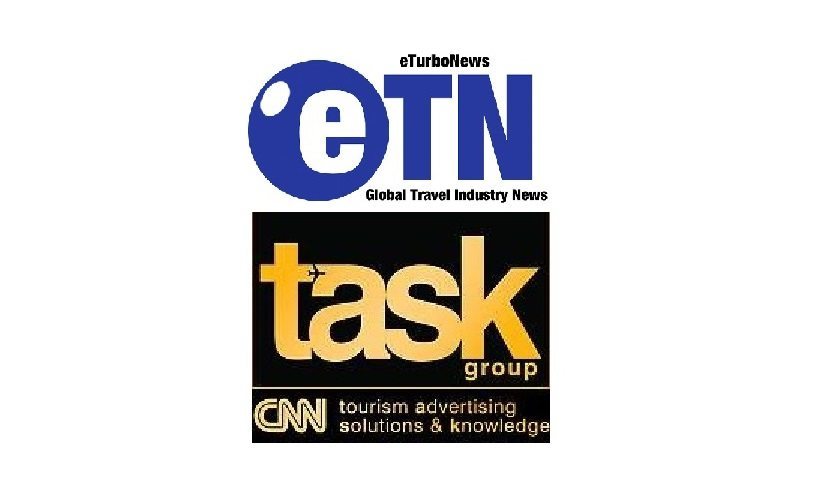
Destination competitiveness through cooperation: Embracing challenges right next door
As a very busy 2017 for global Travel & Tourism now fades into the background, tourism leaders face the daunting task of resetting the counters for 2018. Little opportunity exists for a quiet exhale following year-end tourism high periods of activity. A new year means new targets, new expectations, and new competition.
Global Travel & Tourism (T&T) saw a remarkable performance in 2017, with international arrivals crossing the 1.3 billion mark reflecting a high of +7% growth as a result of strong recovery in regions suffering instability in previous years, the UNWTO’s recent announcement of the stats has many tourism leaders across the globe feeling a level of confidence not experienced for many years where growth was a consistent +4%. The sector continues to inspire the quest for discovery of people and places, which in turn is inspiring economies and societies looking to the sector as a source of sustained unity and opportunity.
Still, the year ahead is not without its challenges. With a number of milestone initiatives set to take place in the months ahead, be they new aviation and visa facilitation policies going into effect, megaevents ranging from the Olympic & Paralympic Games and the FIFA World Cup, to royal births and royal weddings going live, and iconic attractions opening their doors, 2018 promises to be a year of immense excitement.
COMPETITIVE NEIGHBOURHOODS
The excitement will not only be felt by travelers. It will also be felt by destinations, especially those looking at activity taking place in their neighborhood.
Such is the case in the increasingly active Middle East region, where T&T continues to be integrated into national and regional strategic visions as a vehicle for sustainable economic and social development, not to mention cultural and environmental protection.
One such destination is the emirate of Ras Al Khaimah (RAK) in the UAE. With very active tourism destinations on its doorstep, namely Abu Dhabi and Dubai, RAK has found a firm position for itself in the eye of the competitive storm, much thanks to the tourism authority’s CEO since 2015, Haitham Mattar.
A hospitality professional at heart with almost three decades of front-line experience in hotel and destination management, Mattar views RAK’s competitors as a source of solid inspiration. Not an easy position to take when major events such as Abu Dhabi’s recent opening of the Louvre Museum Abu Dhabi, and Dubai’s rapidly approaching Expo 2020 can easily cause distraction from strategic decision making.
As stated by Mattar:
“Ras Al Khaimah is indeed located in a very competitive region, however, I believe that because we are a unique destination that offers nature-based adventure activities and attractions that are distinct in the UAE and the region. Everything we do is focused on how we compliment the other Emirates and add value to the UAU as a whole, particularly with our 45-minute proximity from Dubai International Airport.”
A complementary approach allows for a more steady, sensible and sustainable approach to growth. It’s all about perspective. And positioning. Mattar continues:
“Our strategy aims to bring one million tourists to Ras Al Khaimah by the end of 2018, focusing on three key tourist segments beyond the traditional leisure market seeking sun and sand. These segments are active adventurers, cultural explorers and luxury indulgence and wellness seekers. Our ongoing efforts will remain targeted on growing awareness of Ras Al Khaimah’s hidden gems both locally and internationally, focusing on its untouched and beautiful natural resources, just 45 minutes away from the modern life offering in Dubai and other Emirates.”
Clearly the aspirations of RAK’s neighbors, and investment into same, are being adopted by RAK as levers to accelerate growth. As explained by Mattar:
“Let’s take Abu Dhabi as an example. After the opening of the Louvre the Emirate reported an increase of 17.6% in its hotel occupancy. This week we’ll officially open the world’s longest zipline, Jebel Jais Flight, and it will be followed with other unique projects in the mountains including our Viewing Deck Park. We expect these products to help us deliver significant tourism growth and strengthen our position as the adventure capital of the region. Such unique mega-events that have the ability to create a bucket list effect internationally and when combined with the breadth of offer in a destination really drive appeal for the next generation of travelers.”
Taking a regionally holistic, inclusive and innately grateful approach to destination leadership allows for win:win development for both travelers and destination(s) alike.
“Ras Al Khaimah prides itself on being the outdoor adventure capital of the Middle East. Looking ahead to Expo 2020, Dubai is expecting more than 25 million visitors during the event, 70% of which will be from outside of the UAE. Given the proximity of Ras Al Khaimah to Dubai and the complimentary nature of the destination’s we hope to capitalize on this influx of tourists by focusing on the breadth of experience in our Emirate to encourage dual center visitors. We have a clear understanding on what the Ras Al Khaimah identity and unique brand stands for, and this is at the heart of everything that we do. We don’t try to compete with others, we listen carefully to what our travelers want and we work on facilitating their needs and catering to them all.”
Competition through cooperation. A winning strategy for travelers, destinations, and greater global sector development.
by Anita Mendiratta for CNN TASK GROUP
